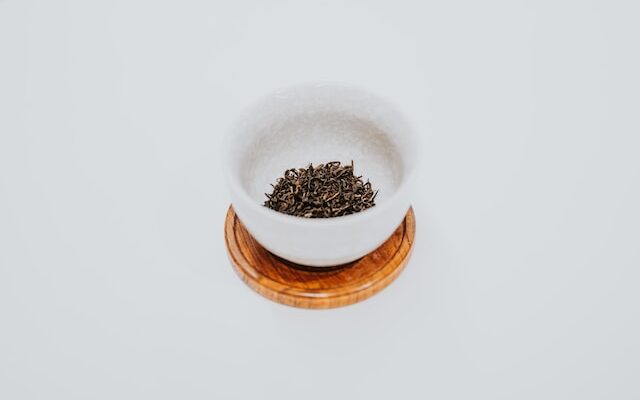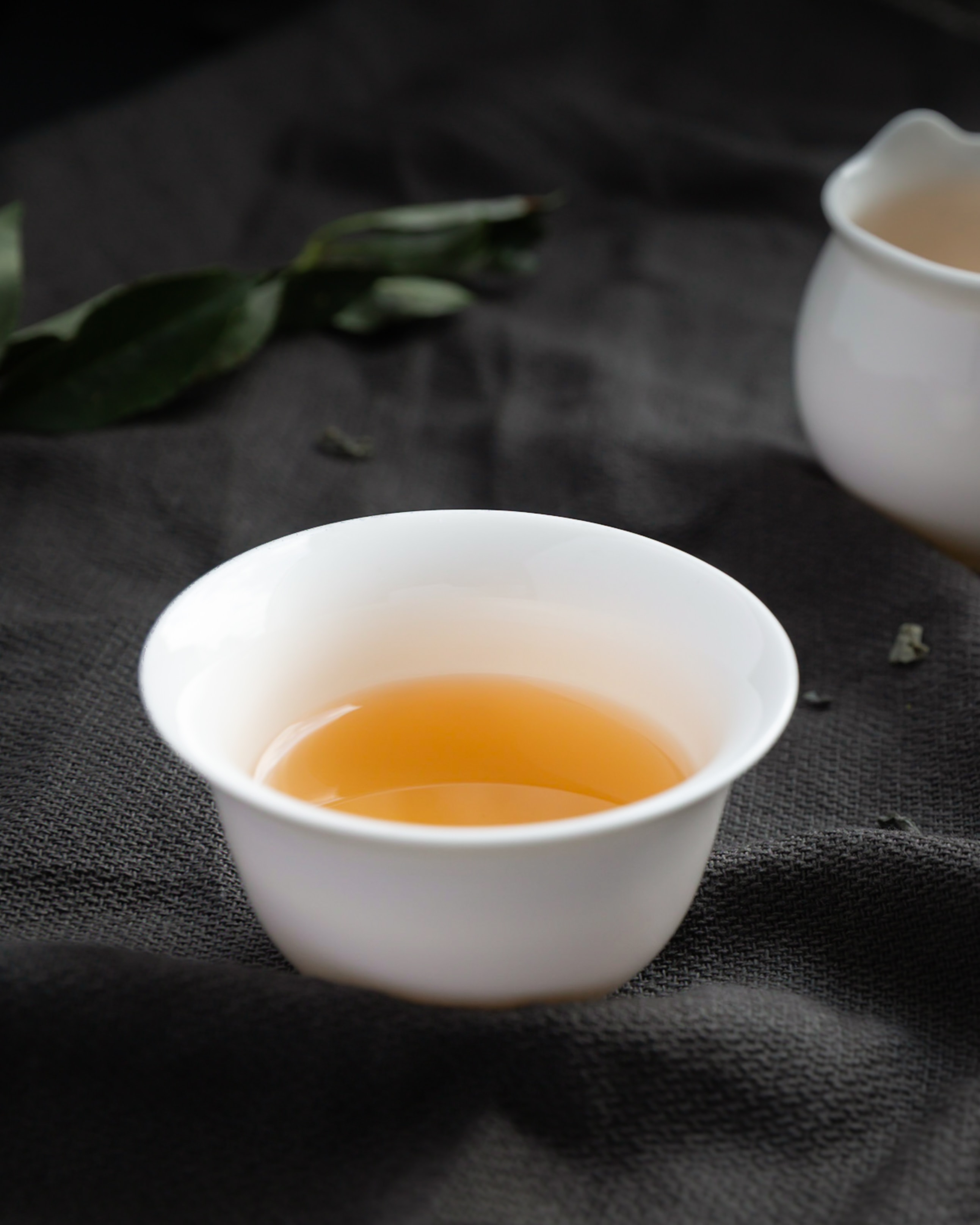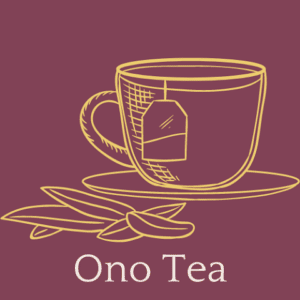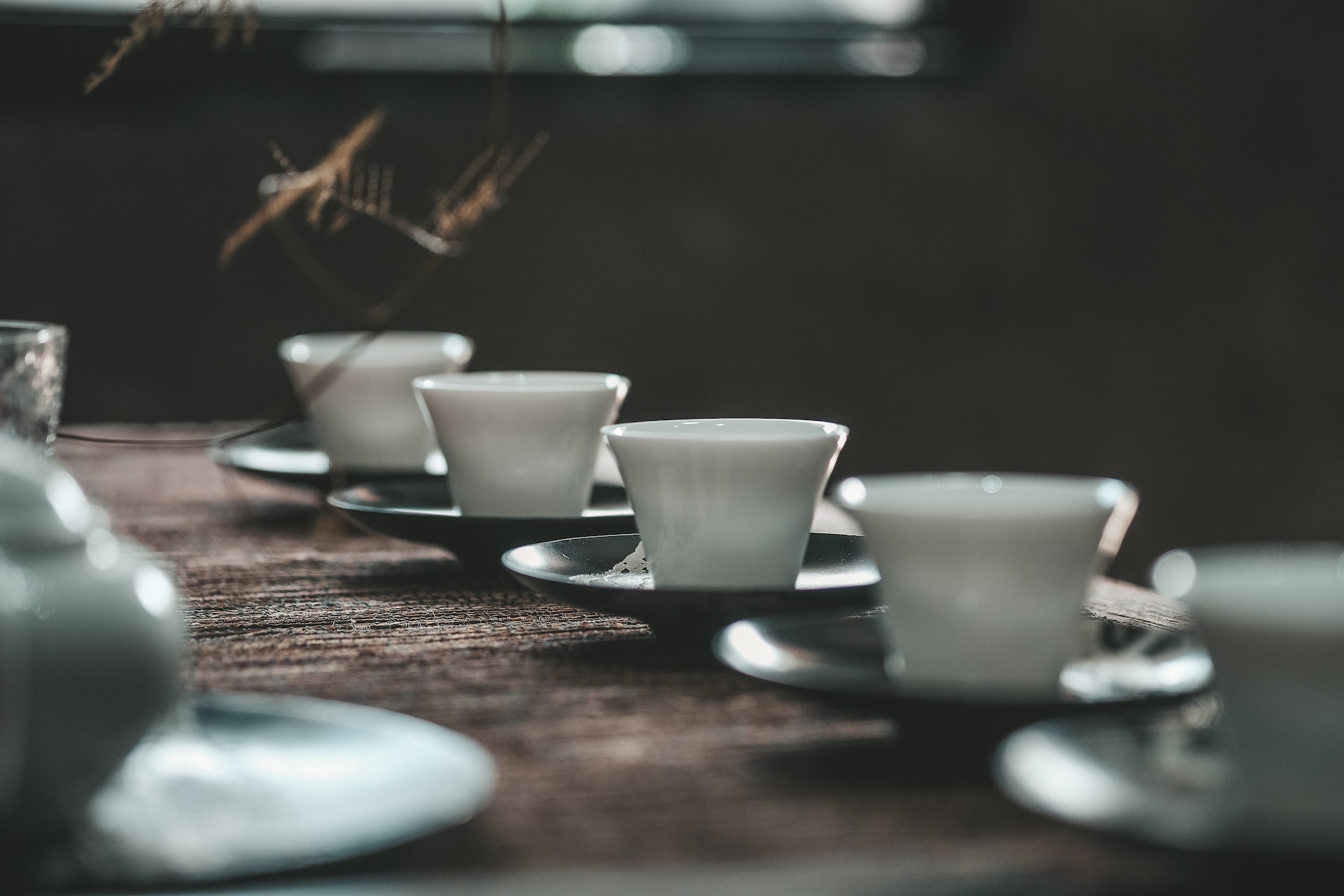Ah, so you hadn’t noticed that you can categorize many types of tea by their color. Surprise! Green, black, and white teas are the most famous. But each hue came through a distinctly different method—even if some of ’em got named after their tint!
Brewing the perfect cup of Oolong tea can be perplexing, for there’s no definitive color it should have. The final degree of oxidation will differ from one type to another; a lightly oxidized version is similar in flavor and hue to green or white teas. Alternatively, the fully fermented variety yields an intensely bold black brew. That’s why this mysterious tea often baffles drinkers—how come it doesn’t appear like its conventional counterparts?
Oolong Tea Color
Oolong is not a black or green tea; it is a distinct type of tea. You can learn more here. However, depending on the direction the tea master takes in processing the tea, an oolong may end up with more black tea characteristics or additional green tea characteristics. Don’t get lost, though! The tea leaves for Oolong tea are curled into a round shape with a dark yellow appearance. That’s what gives it the exquisite taste you die for! It is the first genuinely oxidized tea, which means that enzymes are exposed to oxygen, resulting in a deeper flavor and darker color.
These semi-oxidized teas are kind of in a league of their own—not quite as robust as black teas. However, they still possess more flavor than unoxidized greens. They are definitely one of a kind!
Oolong Tea: Black Tea or Green Tea?
Ah, the eternal debate! There’s no mistaking black and green tea; just one look is all you need. But oolong tea isn’t so black and white; its appearance, style, and flavor make it an entirely different beast.
These doubts were recently voiced in questions we received: “Is Oolong a black or green tea?” “Does it have any of that good black stuff?” Oolong stands apart from the pack—unique in every way!
Black tea is the OG of the bunch; it’s been around for centuries and still holds its title as the most recognizable variety in the West!
By contrast, oolong tea has skyrocketed in popularity only recently, so it comes as no surprise that lots of people find it difficult to tell them apart. Let’s break down the differences between these assorted types of tea.
What Is Oolong Tea Made Of?
Tasting oolong tea is a delightful blend of components that make it the perfect cup for any occasion. You’ll enjoy every sip of its complex flavor! Why? Because it is rich in antioxidants, vitamins, and minerals.
Let’s explore the components of this flavorful tea: The oxidized leaves are crispy-rolled, creating an earthy base. Moreover, carefully selected buds and tips add an element of floral sweetness.
Its unique aroma has fruity undertones and is lightly roasted, giving it exceptional body and smoothness as well as delightful complexity! Enjoy oolong tea—a treat for your senses like no other.
Reasons for Dark Color of Oolong Tea
Oolong tea drinkers, confused by the oddly ‘red-hued’ drinks they’ve been making? Not to worry, we’ve got answers! After doing some digging, I found three main explanations.
Over-fermentation
What could be causing this over-the-top bubbling of our beloved beverages? It’s best to take corrective action promptly; after all, an ounce of prevention is worth a pound of cure!
Partial fermentation is all it takes to craft a delicious oolong tea. As the process advances, the hue of the tea soup changes; its leaves transform and produce more thearubigins and brownies, thus resulting in a red color due to fully fermented leaves—delicious!
Well, oolong tea’s hued soup shouldn’t be a luminous red when made. In fact, the amount of fermentation and the degree of roasting are the two critical elements influencing its shade.

Wrong Brewing Method
Darker roasts produce deeper-hued tea: light-roasted oolong glimmers in golden hues; vibrant, energetic orange when medium-roasting; and heavy roasts greet us with a deep, amber color. Ah! So bewitching!
The darker the tea, the stronger the roasted oolong product. That’s why a dark one is totally cool, but not a red one—that just won’t cut it!
Incorrect brewing or infusion techniques can definitely ruin a cup of tea. Yeah, it happens all the time—like when you leave it in for too long or not long enough. Fortunately, with practice and patience, you can avoid making that mistake!
If you over-steep your tea or completely cover it, the result will be like red soup!
So don’t let your tea suffocate during its steep rise. You should let it develop that perfect color—not too light, not too dark.
In most cases, three minutes is all it takes for oolong tea leaves to go bad, flooding the tea soup in an alarming red thanks to the arubigins! Yes, talk about ruining a nice cup of tea.
Exposure to Light
Using natural light to oxidize oolong tea after it’s completed can be very advantageous! If you do it in excessively high quantities, however, then the leaves will become a faint red, giving your tea soup a rosy glow. Ahhh, how delightful!
For the convenience of our retail shoppers, most oolong teas come in handy individual bags. It’s pretty typical for premium-quality tea, and their generous quantities don’t require repeated opening of containers where leaves might be exposed to outside conditions. Ahhh, the convenience!
Oolong Tea vs Black Tea or Green Tea Production
Oolong vs. Black or green—there are so many possibilities when it comes to these classic teas. It’s quite a pickle trying to decide which one to choose! Oolong is semi-oxidized and fermented, giving it its unique flavor and aroma.
Black tea is made from fully oxidized leaves that are chewy and robust with a deep flavor; green tea is made from unoxidized leaves steeped in hot water for an earthy cup of refreshment. When brewing the perfect cup, you can’t go wrong, no matter which one you select!
Appearance Differences
Oh boy, the mixup between dark oolong and black teas is everywhere! Contrary to popular belief, oolong tea actually comes from the Camellia Sinensis tea plant, just like several other types of tea.
But while they come from the same plant, you’ll notice a difference in each type’s brewing process. Black teas go through oxidation prior to production for a unique flavor that makes them so recognizable!
After being hand-picked, green tea leaves are quickly steamed and lightly pan-roasted in an effort to retain their vibrant emerald hue. This careful process locks in the succulent flavor and natural health benefits of green tea, helping each cup stay deliciously fresh!
Falling between green and black in terms of oxidation. You could call them “semi-oxidized.” Either way, there’s no mistaking that oolongs are unique!
Still, “semi-oxidized” isn’t always the best description. It’s more appropriate to say “partially oxidized” because oolong tea can have different oxidation levels at play. So this phrase takes those degrees into account.
Appearance Differences
For premium brews, nothing beats a black tea made with smaller buds. Even when it comes to green teas, folks favor younger, more delicate buds for a truly exquisite cup.
Ah, oolong teas are not what you’d expect when it comes to delicate leaves and buds. Instead, these teas have a greener side, with larger leaves better suited to their rough-and-tumble tea processing style.
Plus, the rolling process that edge-brushes the leaves gives them an added complex aroma—just take Tie Guan Yin as the perfect point!
The size of the leaves can vary, and oolongs offer a myriad of colors. Take, for instance, the Tie Guan Yin, with its limited oxidation that retains its hallmark green shade—such that so many folks mistakenly deduce it’s a green tea!

Is Oolong Tea Green Tea?
These two remarkable oolong teas may appear darker in hue than other varieties, but make no mistake, they are still members of the much-loved oolong family. In fact, their oxidation levels rival those of true black tea! Quite incredible.
Is Oolong Tea Black Tea?
Don’t let appearances deceive you; despite having a similar hue, black and dark oolong teas taste completely different. The typical profile for black tea includes sweet notes of honey, caramel, and smokiness. However, dark tea, like Da Hong Pao, has an unmistakable rock-mineral flavor that you won’t find in black tea.
For those yet to experience the wonders of tea, a mild oolong might be the way to start. Softer than its grassy counterparts, Tie Guan Yin oolong has a more subtle floral flavor that can easily entice newcomers. On the other hand, green teas get their characteristically vegetal and grassy notes from an oxidation process that sets them apart from their mellow and rounded light oolongs!
Caffeine Levels
No two cups of tea are the same! Depending on the brewing method, teaware, steeping time, temperature, and tea-to-water ratio utilized, the amount of caffeine in different types of tea can vary greatly. From black to oolong, it’s practically impossible to put an exact number on how much caffeine is present in each cup. Want to know more? Check out our Tea Caffeine Guide for a breakdown of all the factors that affect this buzz-inducing substance.
Judging the Quality of Oolong Tea Taste: a Guide
Ah, the aroma of Oolong tea is truly something special! It’s the single most important factor in determining its quality—after all, its pleasant scent speaks for itself.
Take a whiff of your batch to make sure that it doesn’t have any off-putting defects like dampness or smoke—except for Shuishen tea, which is intentionally smoked to bring out its particular flavor.
When brewed correctly, high-quality tea usually takes on a pale yellow to light orange hue. But use caution; over-fermentation tends to make them less appetizing. Their distinct taste fades away!
Have no fear, though—when done right, Oolong teas have a mild bitterness that leaves a satisfyingly long finish. Plus, their catechin content makes them incredibly refreshing after greasy Chinese food—what more could you ask for?
Black tea is fully oxidized, so it’s the darkest and strongest of them all. In comparison, oolong is only partially oxidized, which gives it a dark color and robust taste compared to the more delicate white and green teas. You can really tell the difference!
Oxidation is low, so these teas are lightly roasted. Green tea lovers who aren’t clued up on oolong could easily make a mistake—the leaves can look startlingly similar!
But it’s easy to spot an oolong; they’re usually a little darker green and come in twisted or rolled ebullient balls, unlike the straight, slender green tea needles.
What type of tea is oolong? You may be surprised to learn that it’s classified as a ‘boh tea, one of many varieties! Of the red or black teas, oolong stands out with a unique flavor and aroma.
Oolong is a semi-fermented tea. It ain’t as intensely fermented as black tea, but still more so than green. After it’s gently rolled and twisted, the leaves take on a beautiful red hue, making it often known as ‘red tea’ when brewed.
Is There a Blue Oolong Tea?
Oolong tea, also known as “Blue” or Wulong, is one of those varieties of traditional Chinese and Taiwanese teas that’ll leave you pleasantly surprised. Oriental Beauty Tea comes with a multi-color tea leaf hue!
When carefully crafted during production, it exhibits a partially oxidized flavor and aroma like no other, occupying the middle ground between green and black tea.
What’s the Ideal Time to Enjoy a Cup of Oolong Tea?
Oolong tea is an awesome drink and can be enjoyed at any time of day, just like black tea! But, for optimal digestion benefits, you must wait around 30 minutes after lunch or breakfast. This helps avoid that dreaded cognitive slump that often comes with a big meal. So, if you want to learn more about when to enjoy oolong tea to get the most bang for your buck, just check out the ‘When to Drink Oolong Tea’ page!
Conclusion
Well, there you have it: black tea and oolong tea both belong to the same family. However, most can most certainly taste like night and day! Oxidation is the key factor that distinguishes them in terms of production. Plus, for oolong tea drinkers, size isn’t as critical an aspect as it is for black tea. So many unique flavors come forth when certain ingredients are included during the process as well—fantastic indeed!
At any rate, we could go on about this topic forever; however, nothing beats trying them out firsthand. In fact, oolong was once introduced in Western countries as a ‘slimming’ solution—how intriguing! Ultimately, these subtle differences cannot be done justice with mere words alone.

